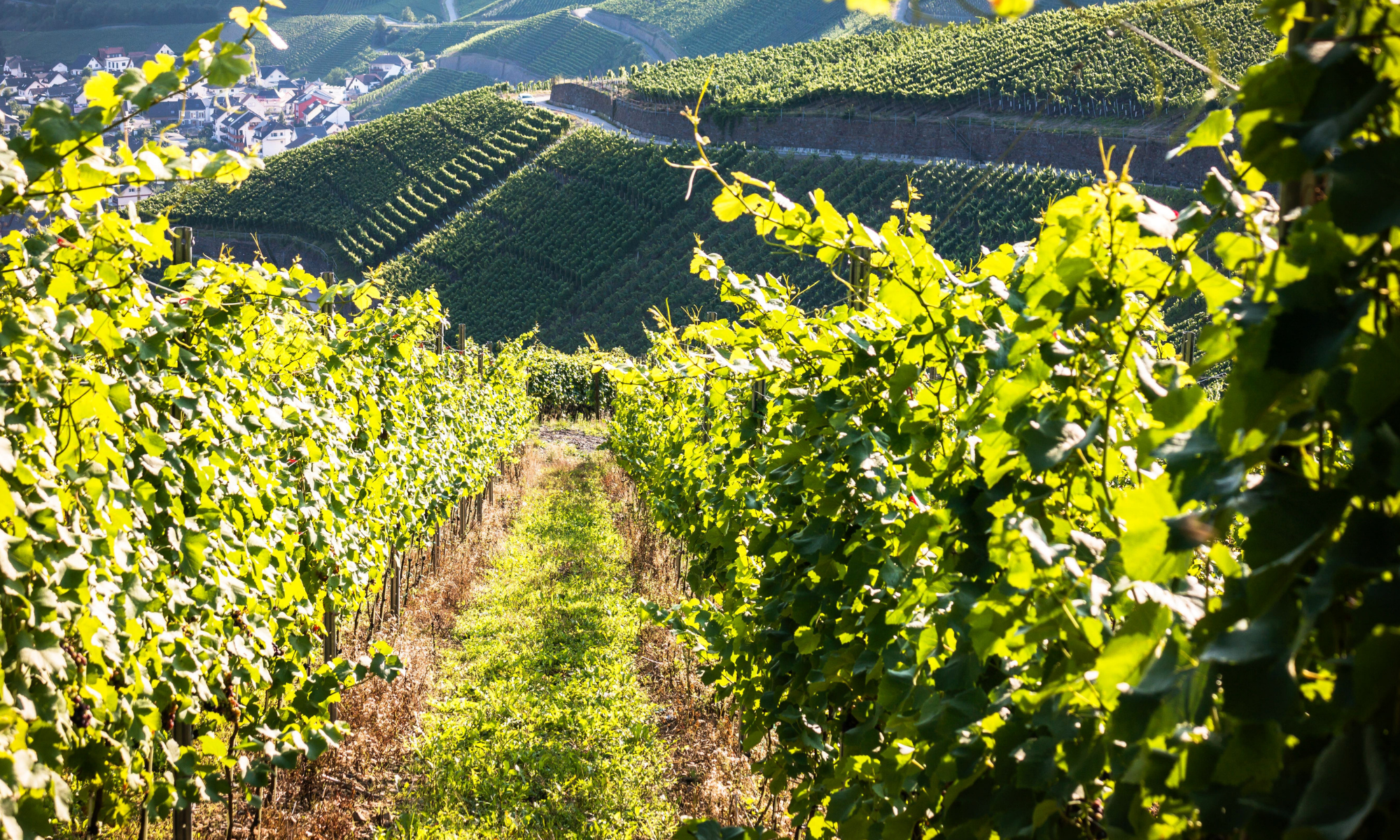
Life Under Ice: Exploring Antarctic Seas (2nd edition)
by Mary M. Cerullo (Author) and Bill Curtsinger (Photographer)
Booktalk: The organisms that live year-round under the ice of the Antarctic Ocean are truly amazing. Enormous jellyfish and fish with blood like antifreeze are just a few of the creatures captured in their unique habitat by underwater photographer Bill Curtsinger. This new edition is fully updated and traces the impacts of climate change and ice-shelf melt on the abundant life in the waters beneath a frozen desert.
Snippet: By New Year’s Day, when the sun is overhead twenty-four hours a day, billions of microscopic single-celled floating plants called phytoplankton will be in full bloom, forming a thick sea soup and making underwater photography impossible.

It’s STEM Friday! (STEM is Science, Technology, Engineering, and Mathematics)
Copyright © 2020 Anastasia Suen All Rights Reserved.






 Insect Superpowers, by Kate Messner; illus. by Jillian Nickell
Insect Superpowers, by Kate Messner; illus. by Jillian Nickell



 Growing Up Gorilla, by Clare Hodgson Meeker. 48 pages; ages 8-12. Millbrook Press, 2019
Growing Up Gorilla, by Clare Hodgson Meeker. 48 pages; ages 8-12. Millbrook Press, 2019


 by Susan Edwards Richmond; illus. by Stephanie Fizer Coleman
by Susan Edwards Richmond; illus. by Stephanie Fizer Coleman

